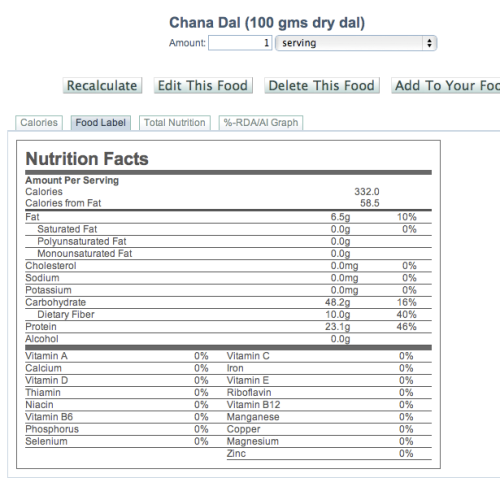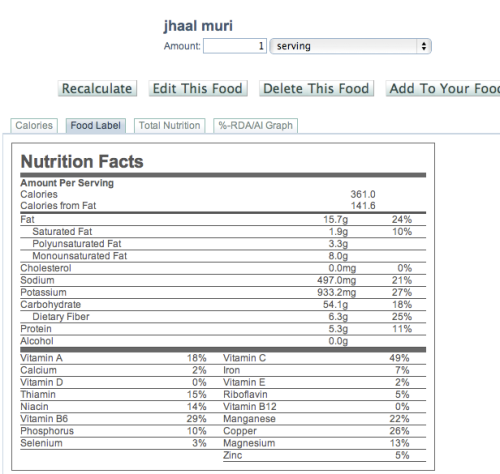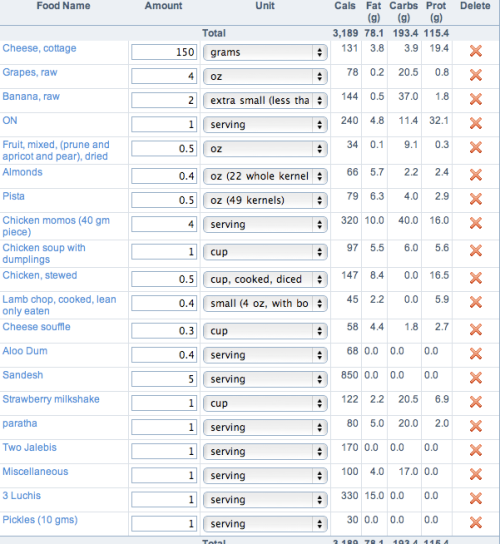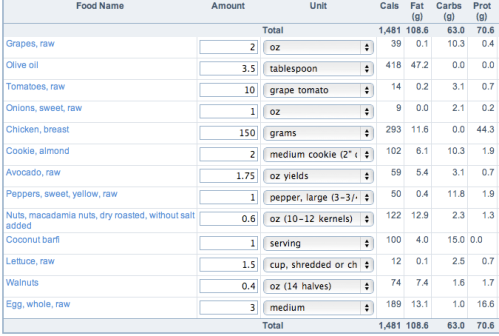Yeah, I know, my bad punning habits die hard, but the Anal Lock is an important maneuver every gym-goer and lifter should know perfectly.
But, first, a test. Push or pull a heavy object (a heavy box, your bed, or a dumbbell). Now, repeat the same move after blowing out the air in your lungs through your mouth. In other words, at this point in the test, you have no air in the chest. See how difficult it is to move the heavy object?

The difference lies in the fact that when you blew out the air in your chest, your intra-abdominal pressure is low. Any muscular effort in such a situation is doomed to be weak and futile. Watch any experienced lifter during a squat or a deadlift: at the beginning of the lift, he fills in air inside his chest, and his belly goes out (lifters mistakenly call this as “filling your stomach with air”). He holds his breath, and lifts. The breath is expelled at the end of the lift.
Among the various muscular events resulting in a successful lift is the Valsalva Maneuver. The entire body becomes rigid and in a state of high muscular tension, with the breath held inside a closed glottis (larynx) and the anal sphincters tightly clenched along with the glutes. The abdominal muscles are also braced as if for a punch.
During the Valsalva, the intra-abdominal pressure becomes very high, and the nervous system excited. Indeed, the phenomenon of hyperirradiation is evident– when all the muscles are tensed by the nervous system, the ones responsible for the actual lift are more efficiently and strongly stimulated. Try lifting a weight with one hand while clenching the other hand strongly, while also tensing your glutes and tightening your anal sphincter. Then try to do the lift with all the muscles relaxed. The difference will be clear and evident.
The difference between a good lift and a failed one is often the lack of hyperirradiation and failed maintenance of the anal lock. Clearly, a Valsalva maneuver is essential to lift a heavy load. Concentrate on this technique of forced expiration against a closed throat (often the breath escapes in a grunt), and you will be able to lift more.
One could do something like a Valsalva while not tensing the glutes and locking the anus. Why not do that? It is commonplace for untrained people to forget the glutes and anus while focussing on the technique of the actual lift. This has the disadvantage of a less efficient nervous system stimulation (less hyperirradiation) and on top of that the creation of a complication.
There is not much mention amongst trainers and coaches about an important consequence if you fail to maintain the anal lock during a heavy lift. The raised intra-abdominal pressure translates into raised intra-rectal pressure. The pressure in the anal veins increases and they prolapse out of the anus, leading to an internal tear of the veins under the perianal skin. This results in a perianal hematoma, also known as thrombosed piles/hemorrhoids. This is a painful condition that will stop you lifting for a few days, and may even need hospitalisation for evacuation of the blood clot (a surgery). However, most cases are self-limiting and resolve in a couple of weeks. Cold and later hot Sitz baths are useful, as may be the application of anesthetic ointments (like 5% xylocaine/lidocaine) and the intake of oral pain-killers.
Trainers and athletes need to be aware of this complication, and remember the importance of the anal lock.
An important point— the Valsalva maneuver may be dangerous for certain people. For example, people with hypertension or a propensity for strokes may have intracranial bleeds because of sharply raised blood pressure. A physician’s help should be sought in case there is any doubt if you should do the maneuver or not.


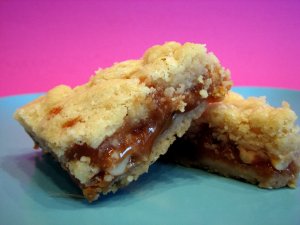
 (image courtesy:
(image courtesy: 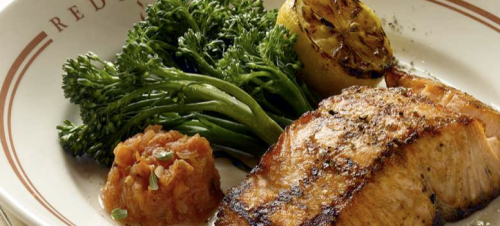 (image courtesy: Redstone Grill site)
(image courtesy: Redstone Grill site)







